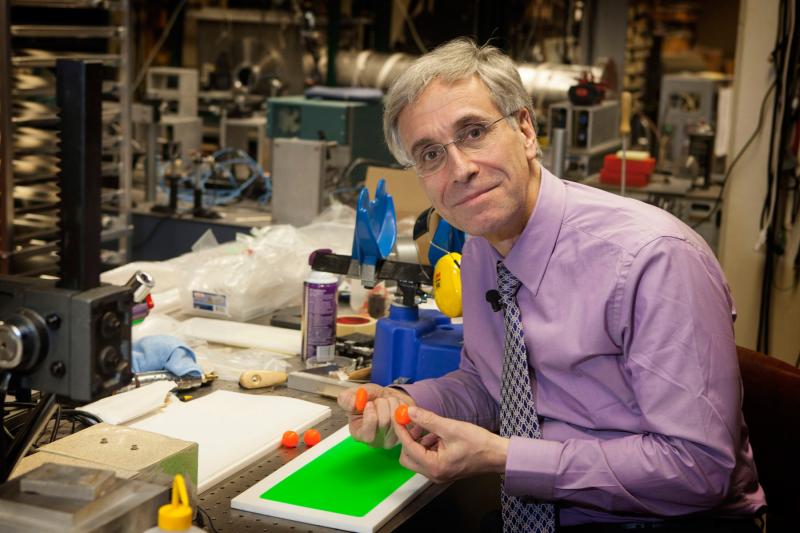The Crucial Math Behind Social Distancing

University of Virginia physicist Lou Bloomfield has a clear message about social distancing to stop the spread of the novel coronavirus.
“From a statistical point of view, every time you keep your distance from others during this crisis, you are saving lives,” the popular physics professor said.
Bloomfield created a video explaining how social distancing can decrease the exponential growth of the virus.
“At present, each person with COVID-19 transmits coronavirus to an average of about two to three people,” Bloomfield said. “With such a large multiplying factor, we have rapid exponential growth. Because it takes about five days for COVID-19 to develop, the cases are doubling every two or three days. If there are 100 cases today, there will be 200 cases in a couple of days, and a thousand cases in a little over a week. In a month, it will be almost a million cases. Not good.”
What can be done? Social distancing.
“The fewer people each sick person exposes to coronavirus, the smaller the multiplying factor and the lower the transmission rate,” Bloomfield said. “Instead of the cases doubling every two or three days, they might double every week, every two weeks, or maybe they would stop doubling altogether.”
China and South Korea, Bloomfield said, have lowered the transmission rate to less than one, and are now not experiencing exponential growth in transmission, but exponential decay, with the number of new cases decreasing every day.
“To achieve that goal, we all need to act,” he said. “Every positive action we take as individuals has a statistical probability of decreasing the transmission rate, and the multiplying factor for all of society. Correspondingly, every careless action statistically increases that multiplying factor.”
For more information on the University’s response to the novel coronavirus, visit virginia.edu/coronavirus, with FAQs that are updated continually. Find all coronavirus messages from University leadership archived here.




